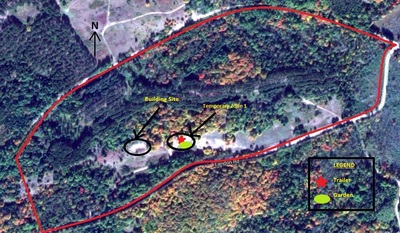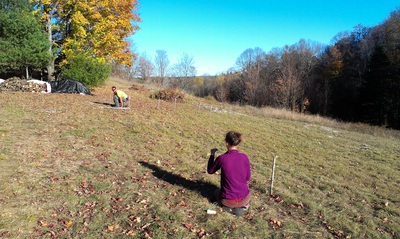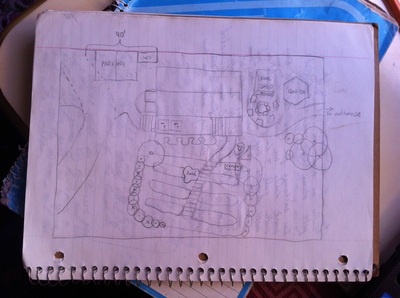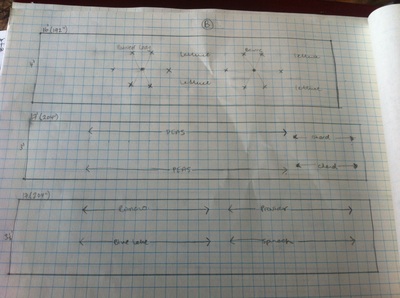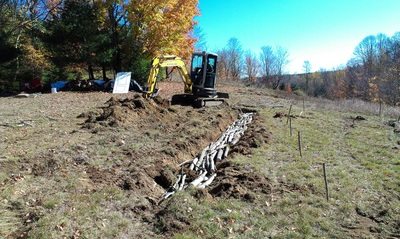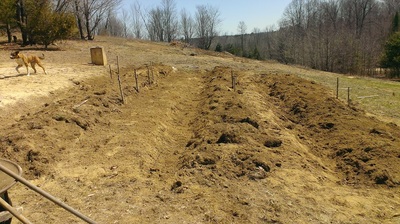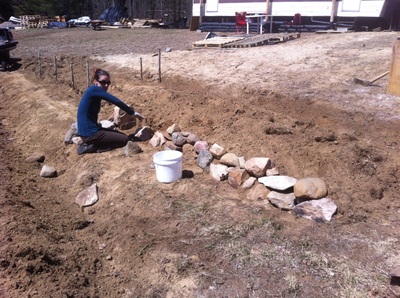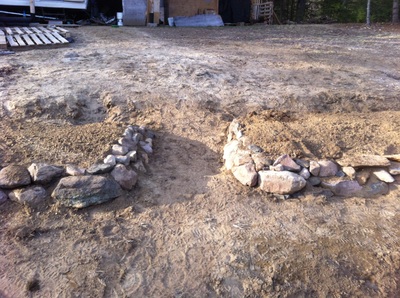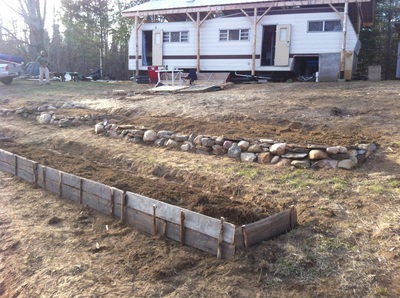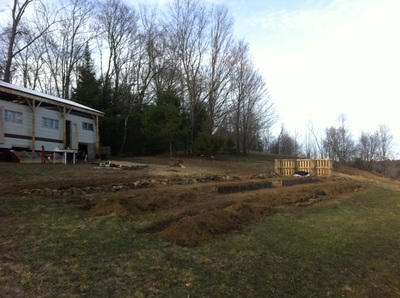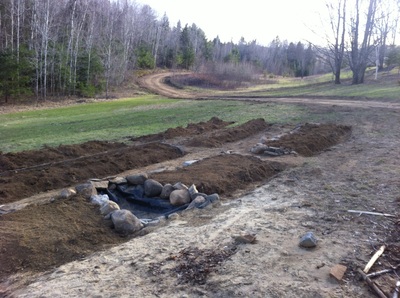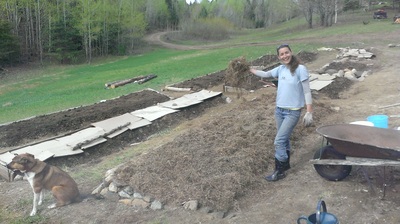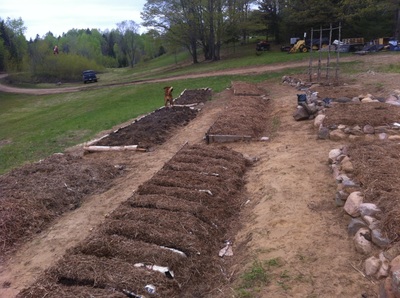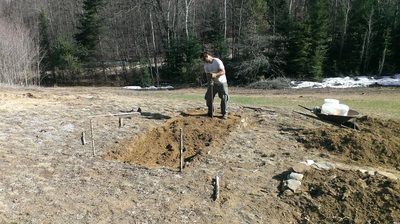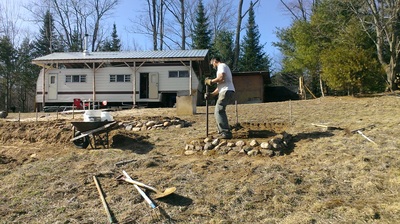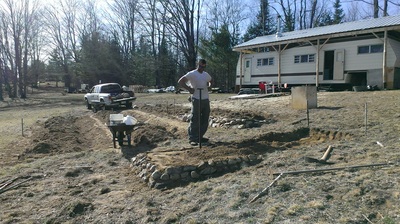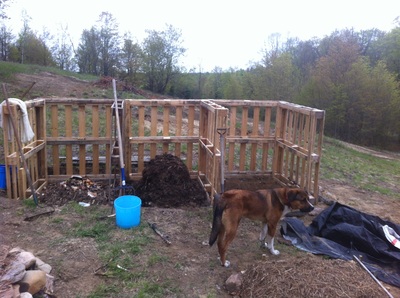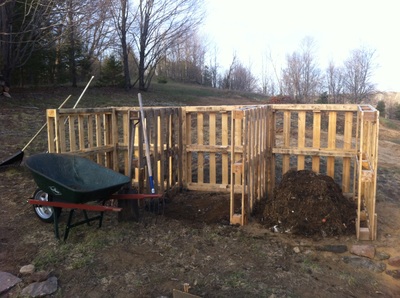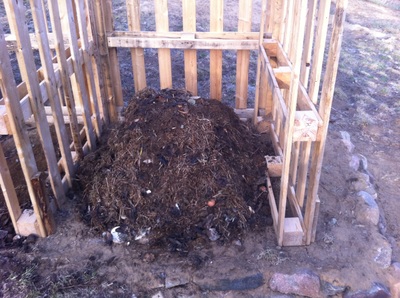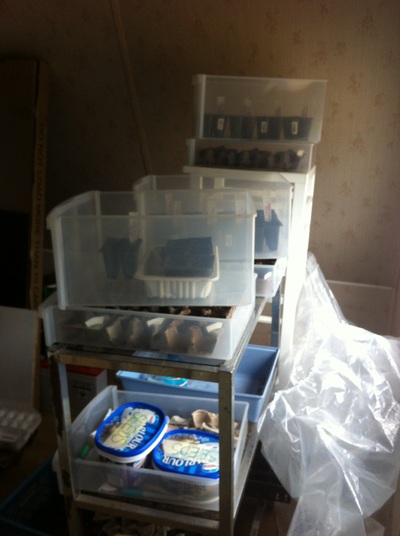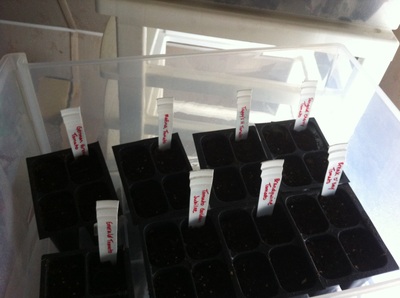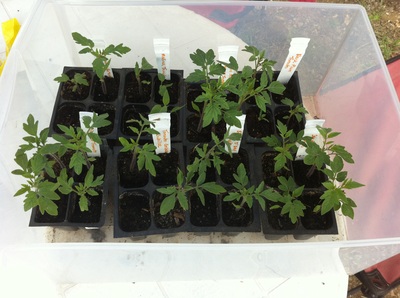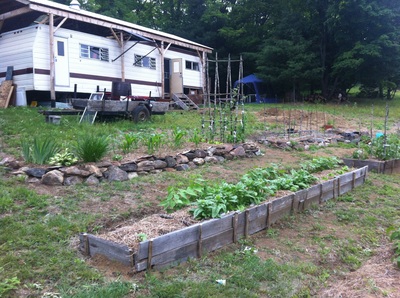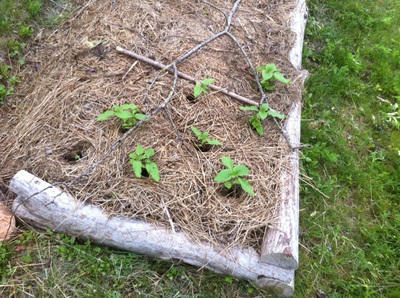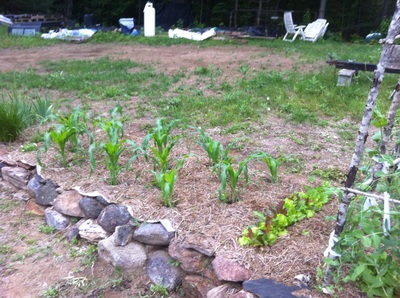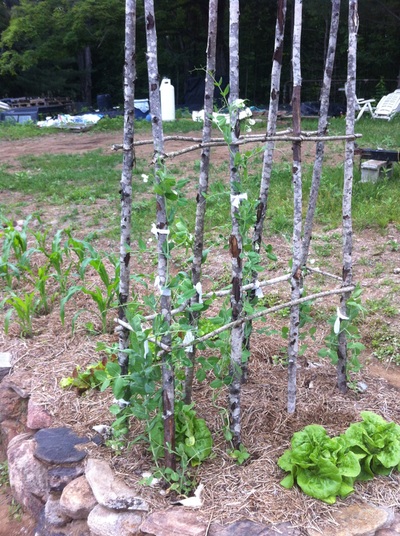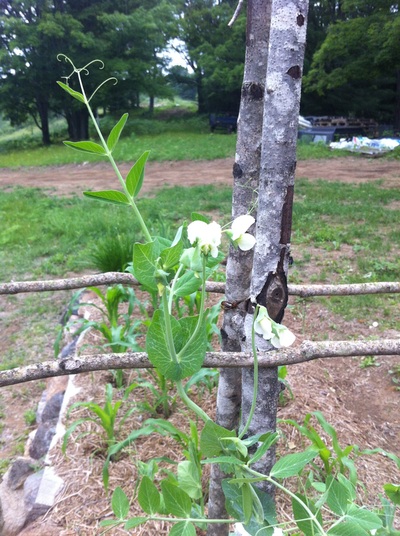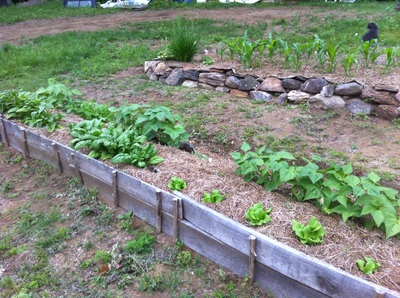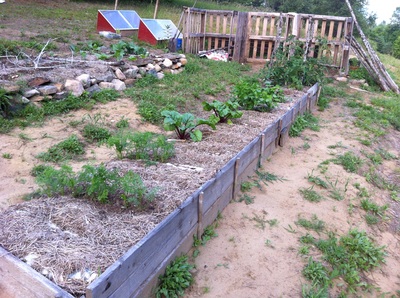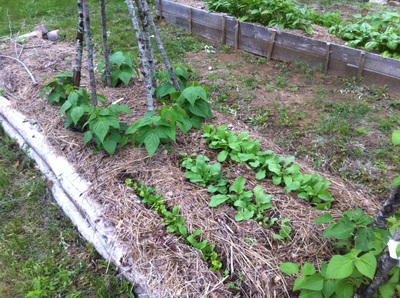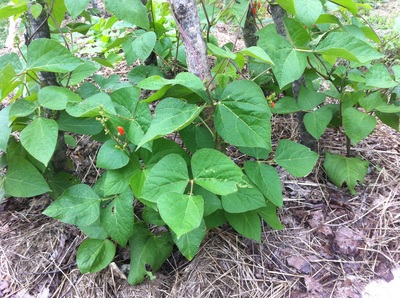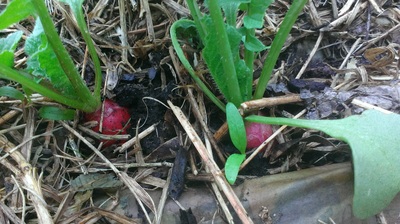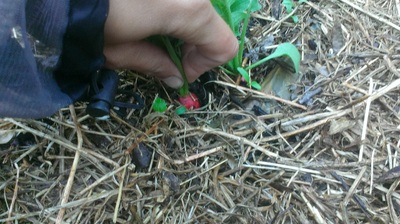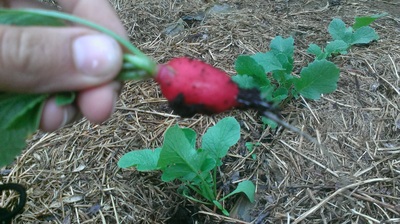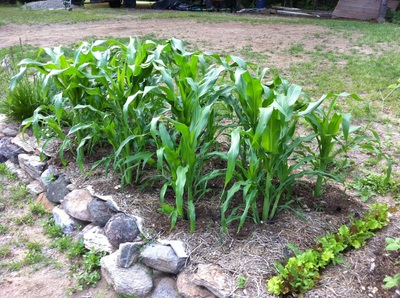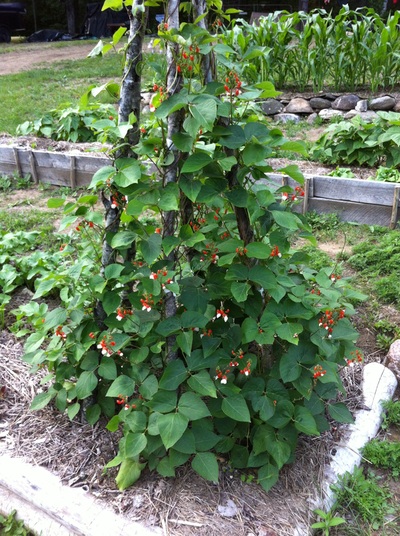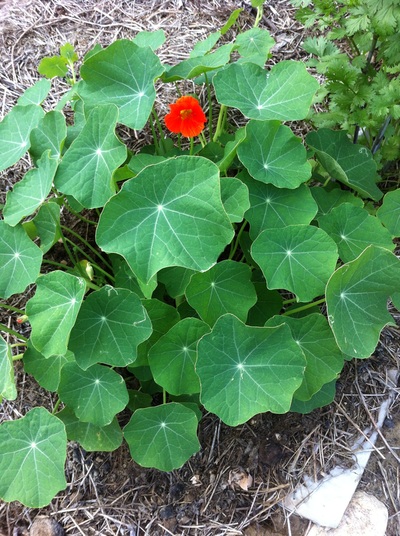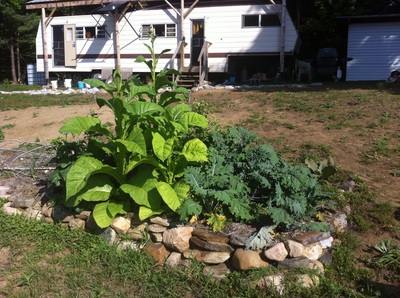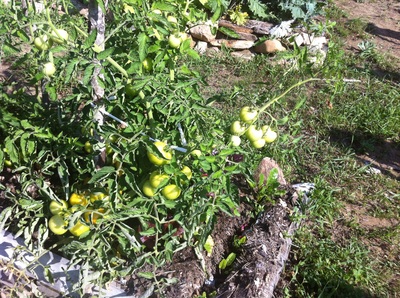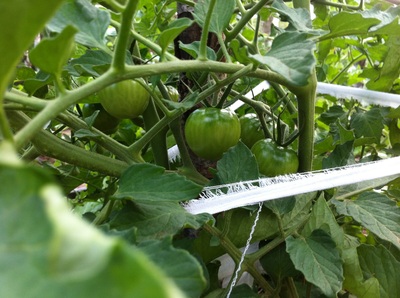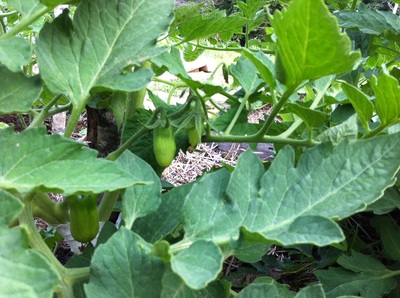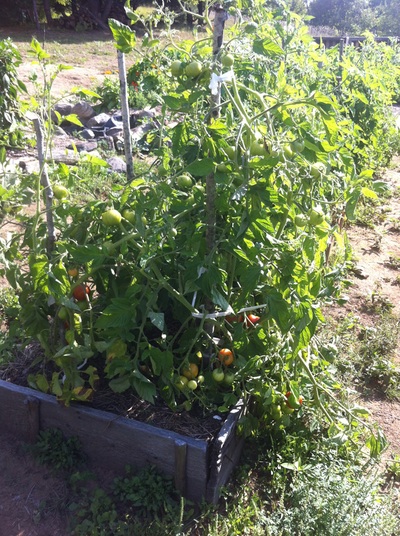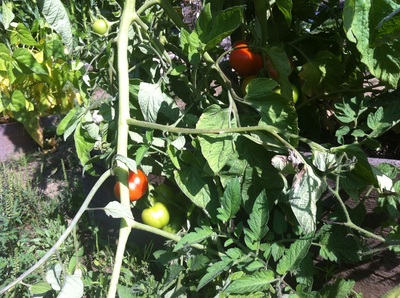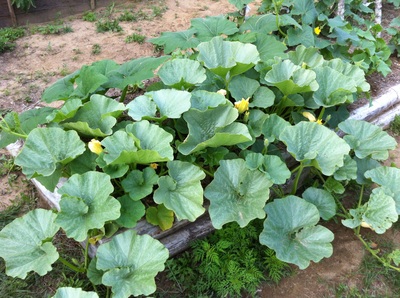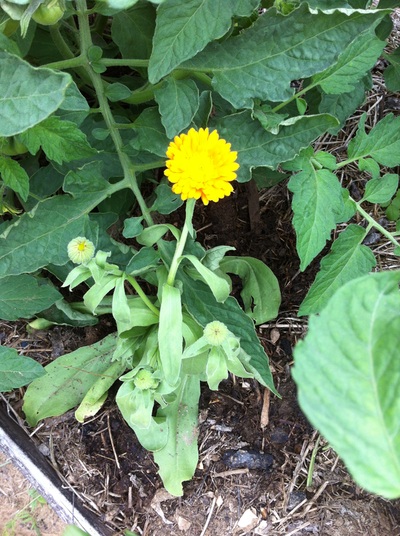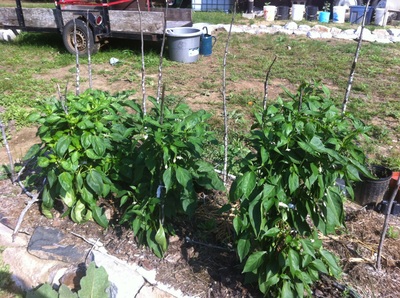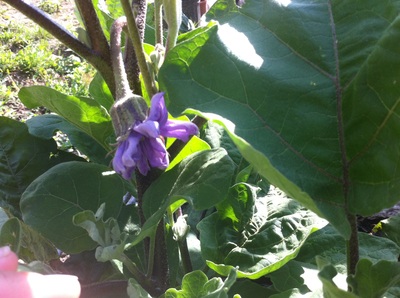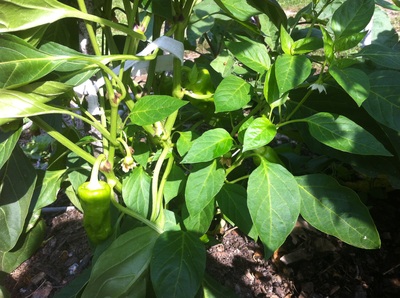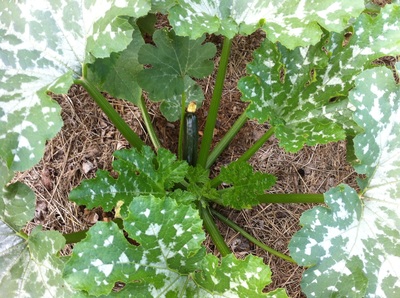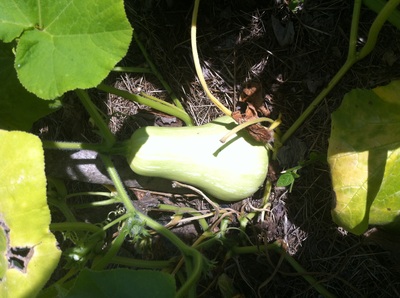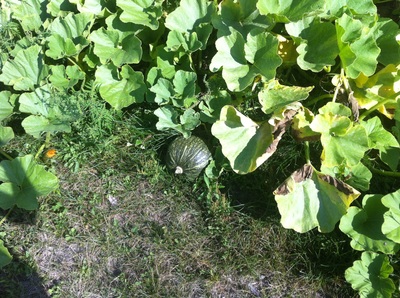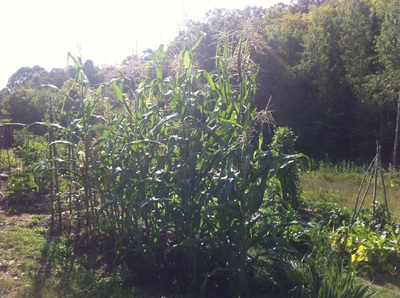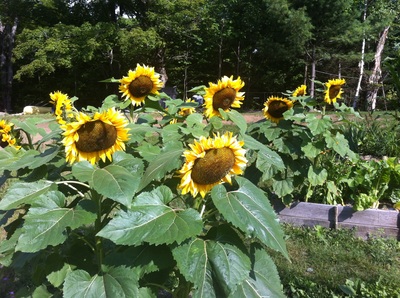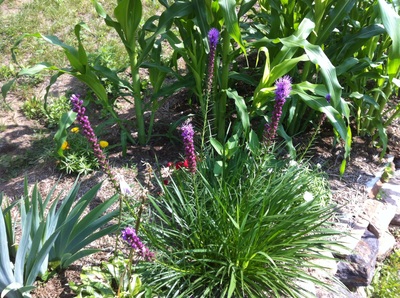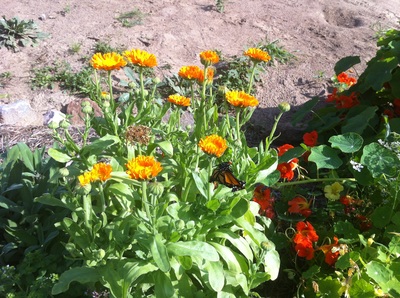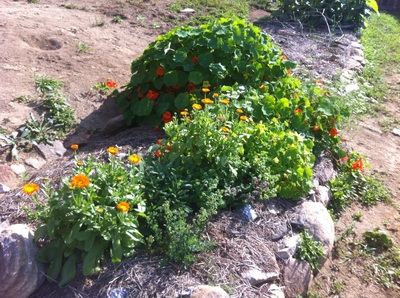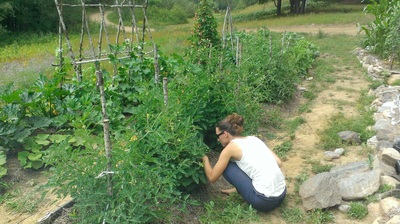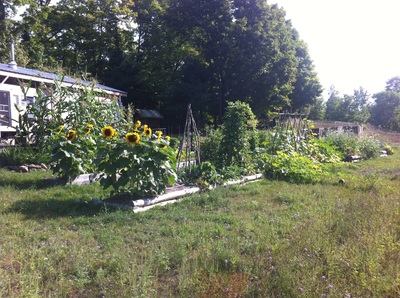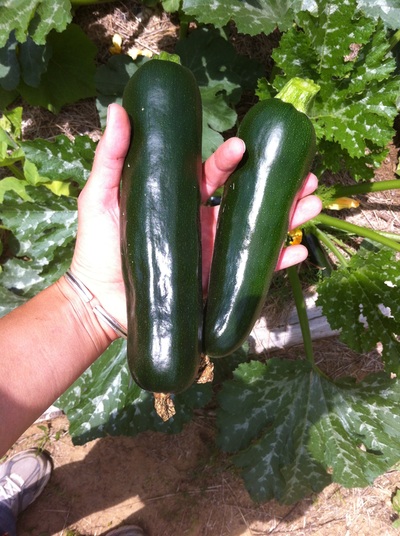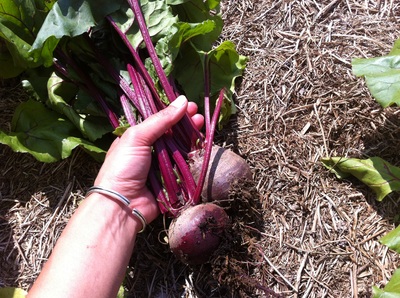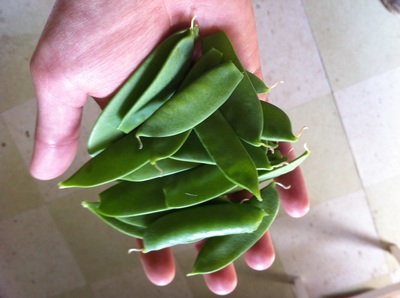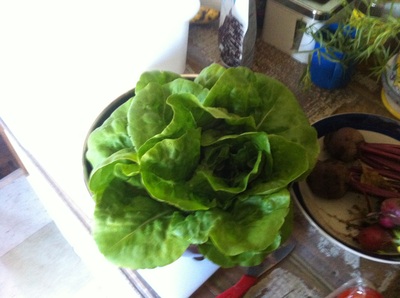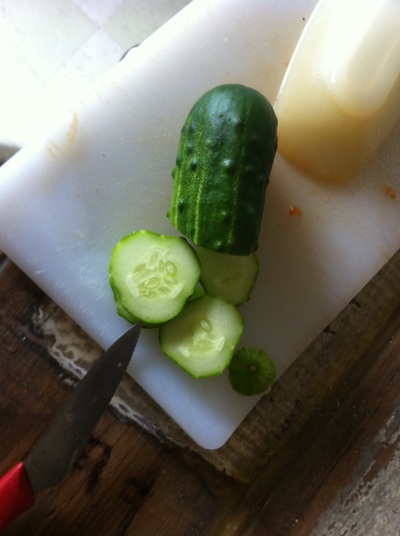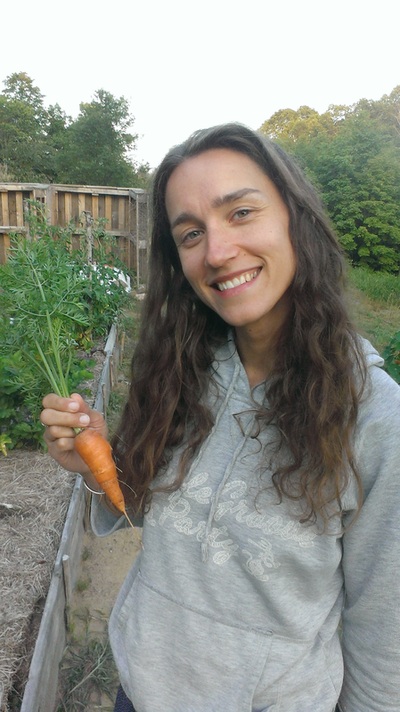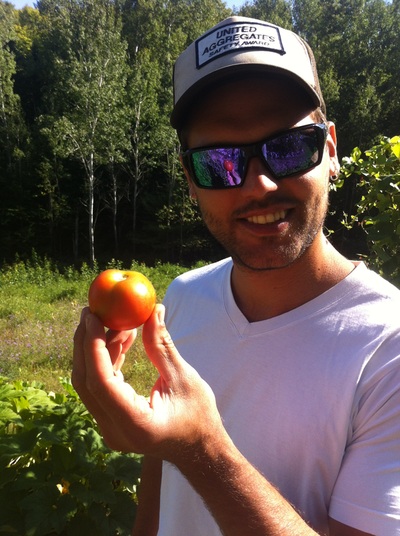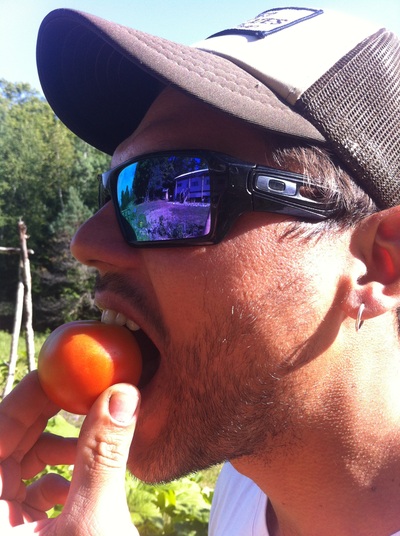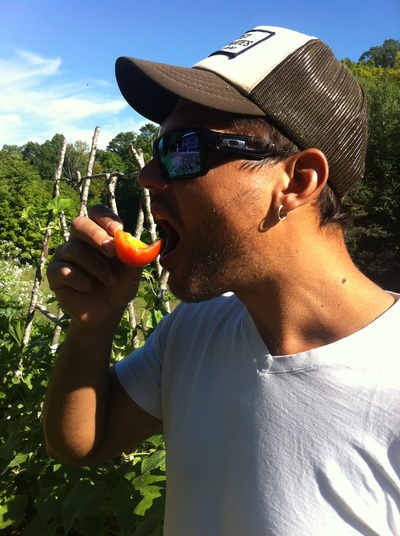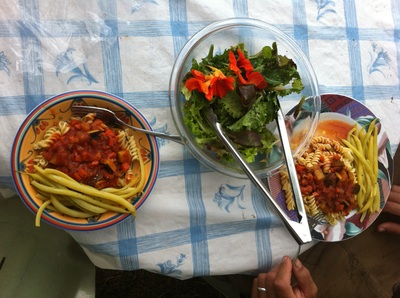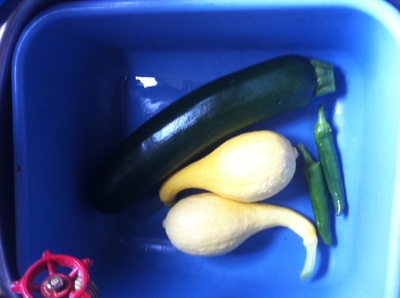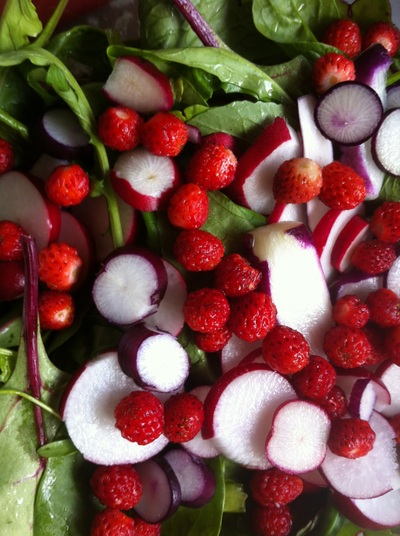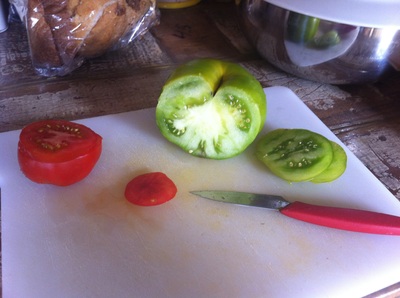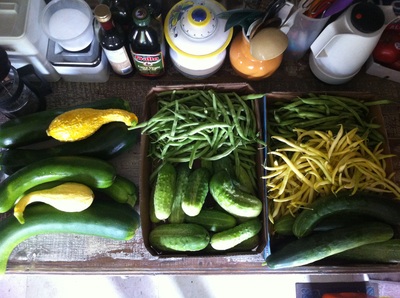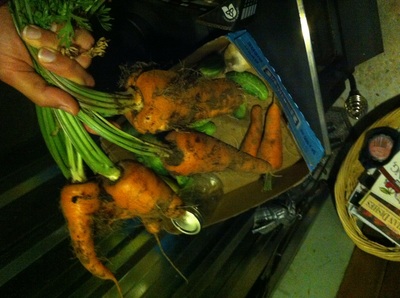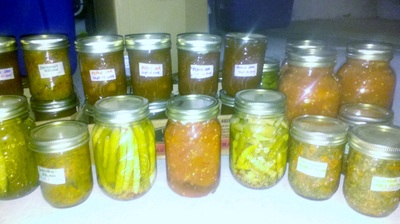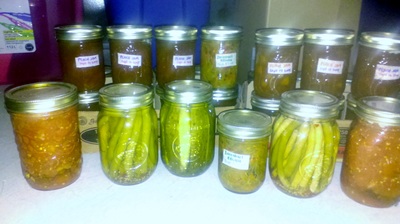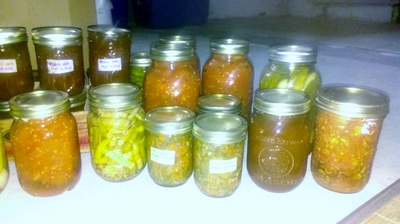ANNUAL PLANTS
An annual plant is a plant that completes its life cycle, from germination to the production of seed, within one year, and then dies. Some examples of annual plants are beans, lettuces, peas, corn, and marigolds.
Source: Wikipedia
Annuals are the most labour intensive plants to grow because you need to go through the work of sowing new seeds every year. This entails ensuring the temperature and moisture levels are suitable enough in order for the seeds to germinate and will become good strong seedlings. Then you must take the time to transplant the seedlings to an outdoor garden bed where they will further depend on your attentiveness to ensure a decent crop is produced at harvest time.
In spite of this arduous process, annual edibles are some of the tastiest and versatile crops we can grow so it is well worth the effort. Plus, we have an advantage to make the process less toilsome - the permaculture principles we learned!! We were extremely excited to put them to use and to see if they really would reduce the intensity of labour required for this whole process. Read on to see how and what we did.
PLANNING
Refer to the design process listed on the bottom of the Permaculture page. You can see how we implemented essentially the first 5 steps in the photos below. When choosing the location of the garden, we to took into consideration that it will take a little while to build our house, so to ensure we can keep a watchful eye on our production for the time being, we decided to place the veg garden in front of our temporary dwelling. We also consider this whole area our 'temporary' Zone 1. We keep in mind that the annual beds can always be converted to a perennial garden that requires less attention when we move over to our permanent home.
Some other key observations:
An annual plant is a plant that completes its life cycle, from germination to the production of seed, within one year, and then dies. Some examples of annual plants are beans, lettuces, peas, corn, and marigolds.
Source: Wikipedia
Annuals are the most labour intensive plants to grow because you need to go through the work of sowing new seeds every year. This entails ensuring the temperature and moisture levels are suitable enough in order for the seeds to germinate and will become good strong seedlings. Then you must take the time to transplant the seedlings to an outdoor garden bed where they will further depend on your attentiveness to ensure a decent crop is produced at harvest time.
In spite of this arduous process, annual edibles are some of the tastiest and versatile crops we can grow so it is well worth the effort. Plus, we have an advantage to make the process less toilsome - the permaculture principles we learned!! We were extremely excited to put them to use and to see if they really would reduce the intensity of labour required for this whole process. Read on to see how and what we did.
PLANNING
Refer to the design process listed on the bottom of the Permaculture page. You can see how we implemented essentially the first 5 steps in the photos below. When choosing the location of the garden, we to took into consideration that it will take a little while to build our house, so to ensure we can keep a watchful eye on our production for the time being, we decided to place the veg garden in front of our temporary dwelling. We also consider this whole area our 'temporary' Zone 1. We keep in mind that the annual beds can always be converted to a perennial garden that requires less attention when we move over to our permanent home.
Some other key observations:
- The land is sloping and it faces south
- Soil is very sandy
- A variety of wildflowers surround this area including; St. John's Wort, Milkweed, Thistle, Wild Sweet Peas, Bladder Campion
- In terms of wildlife, there are various birds that fly across this clearing, plenty of grasshoppers, frogs too, and some snakes. There are definitely deer that come through the property, wild turkeys and rabbit.
|
IMPLEMENTING Here we prepare the garden beds. You can see how we take advantage of the shape of the land in addition to the many resources it has to offer. To add nutrients and improve the moisture retention of the sandy soil we added manure that we collected from a local cattle farmer. |
Hügelkultur is a composting process employing raised planting beds constructed on top of decaying wood debris and other compostable biomass plant materials. The process helps to improve soil fertility, water retention, and soil warming, thus benefiting plants grown on or near such mounds |
Swales as used in permaculture are designed to slow and capture water runoff by spreading it horizontally across the landscape along an elevation contour line, facilitating runoff infiltration into the soil.
COMPOSTING
An essential part of any garden. We used old pallets to create our compost containters.
SOWING SEEDS
Every single plant was grown from seed. Some were started inside - somehow we found space in the trailer to keep the tender annual starters warm. Others were planted directly in the garden beds.
GROWING GARDEN
We wait and watch patiently as the garden turns from brown to green!
CHANGING GARDEN
More patience as we see colours appear amongst the green.
HARVESTING
Enjoying the fruits of our labour - an indescribable feeling.
PRESERVING
My first shot at preserving - tomatoes, spicy beans, dill pickles, zucchini relish, cucumber relish, bread and butter pickles, and peaches. Most of this produce came from the garden except for the peaches which were purchased on discount from the friendly Mennonites in town.
REFLECTING
In conclusion, I can say with full conviction that the permaculture principles and design process we put to use helped us succeed with flying colours. Despite concerns about the sandy soil, we believe the mulching really helped keep the moisture locked in the soil. It also kept virtually all weeds down. Honestly, there were a couple that popped up here and there but I only plucked them out because everyone around me was complaining about all the weeding they were doing so I felt I should do some weeding.
